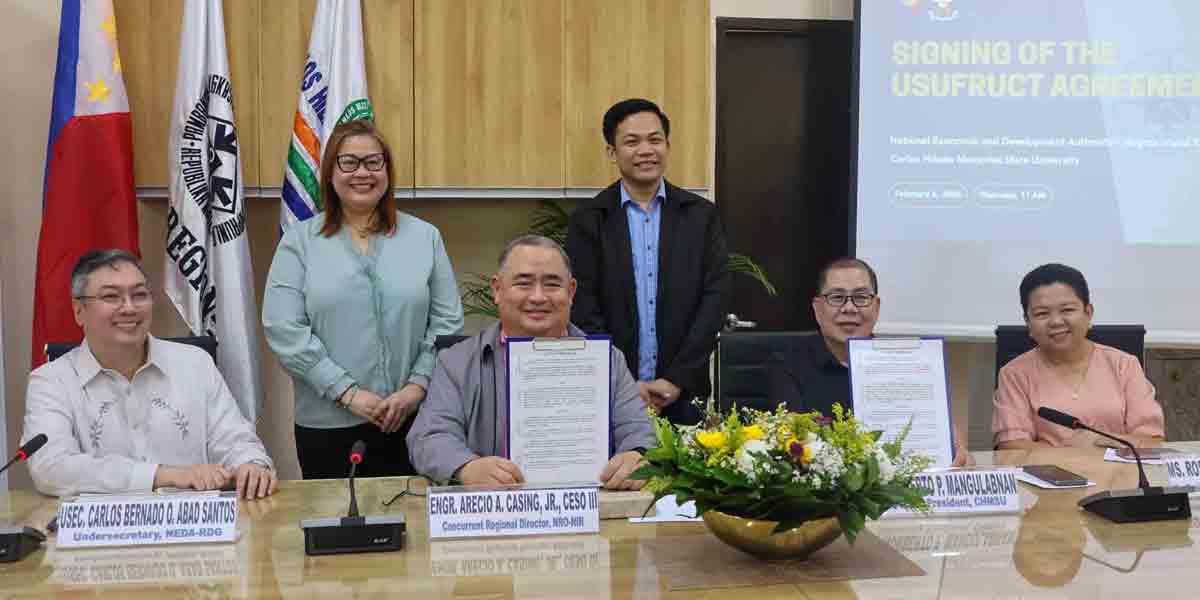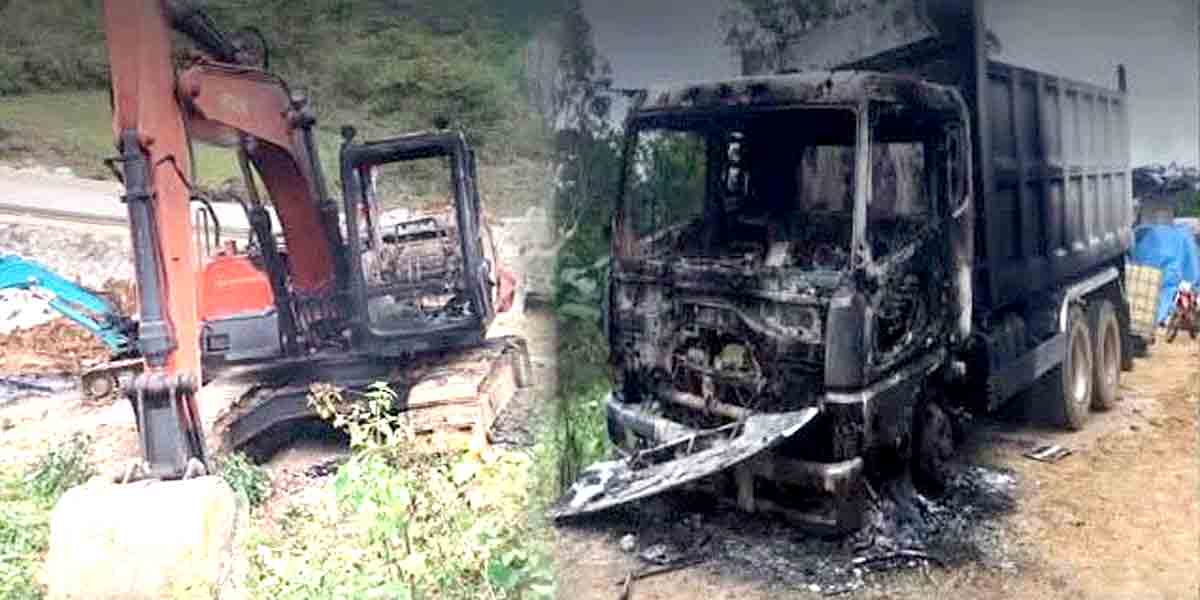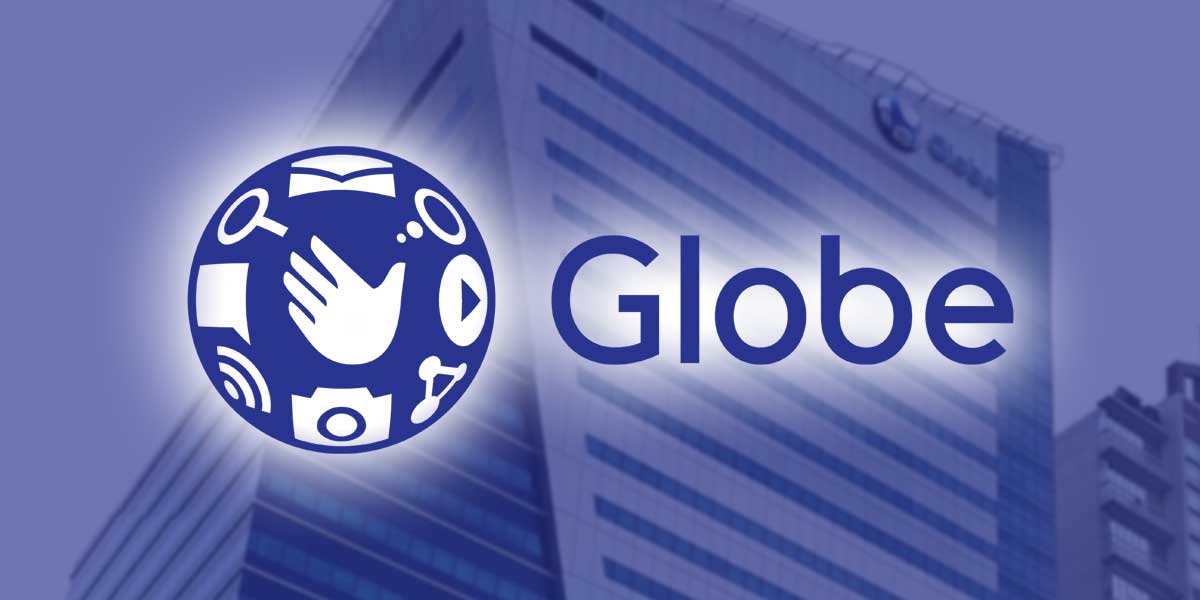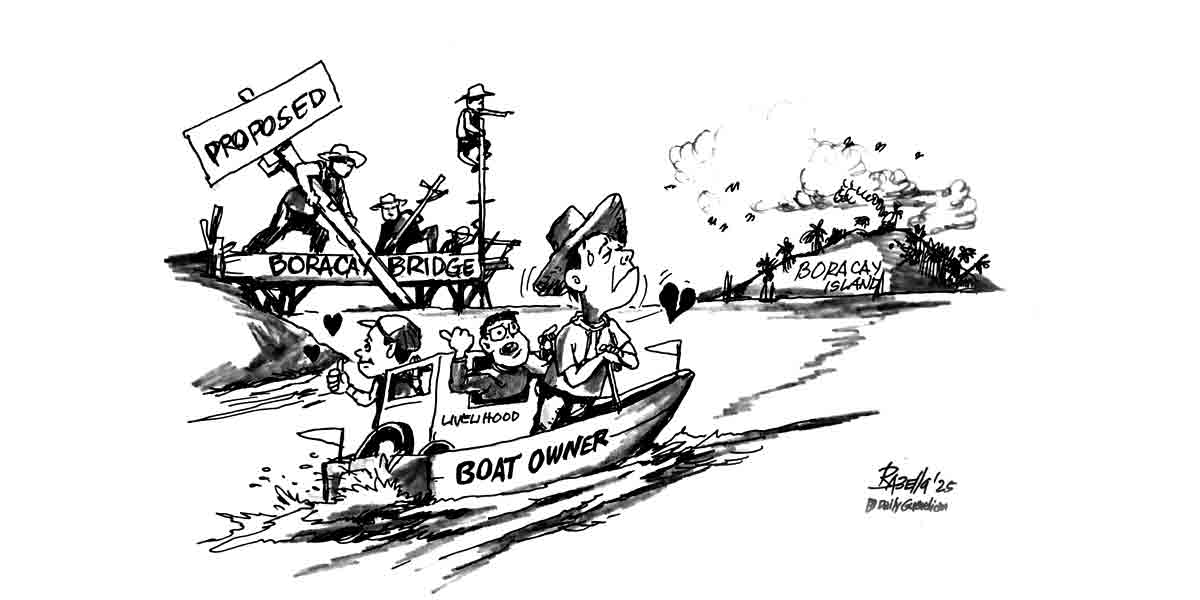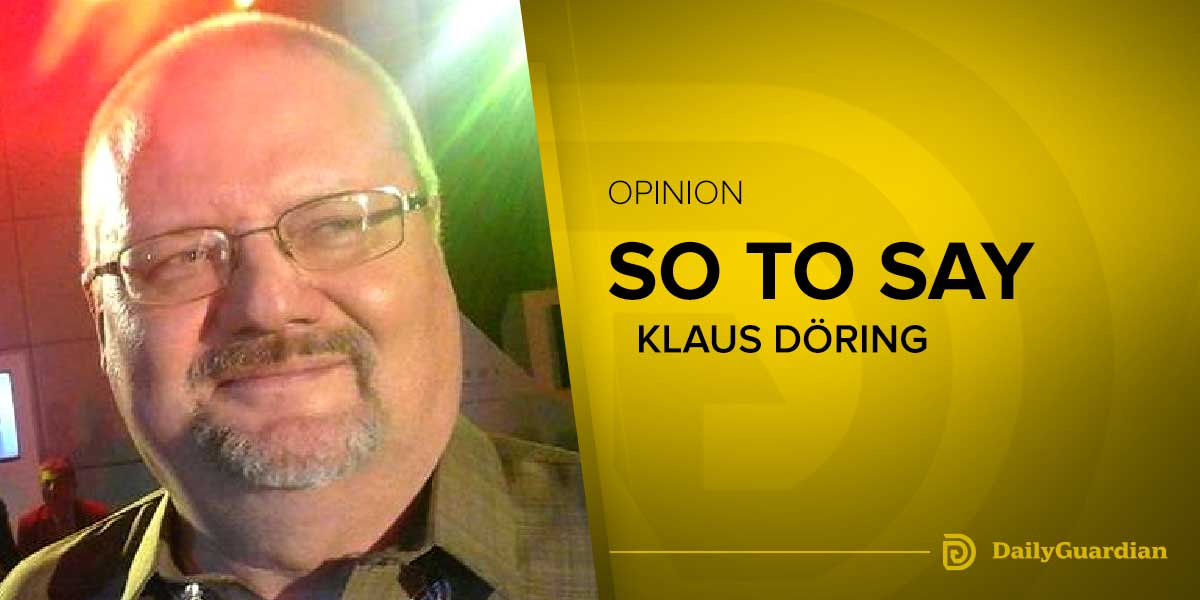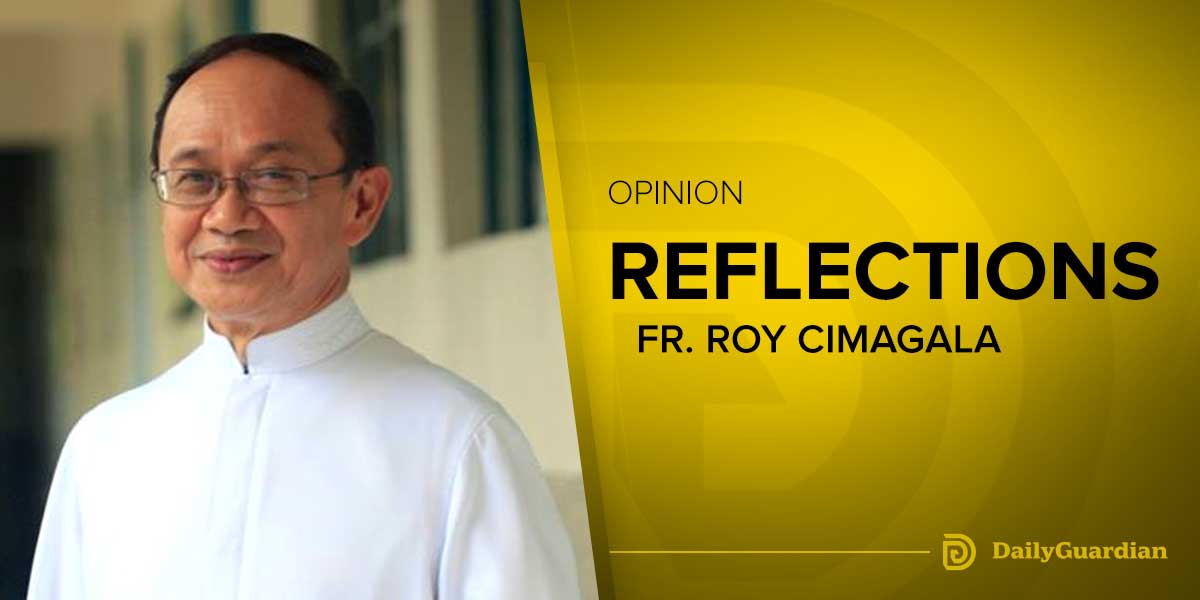By Francis Allan L. Angelo
In the realm of global issues, few are as universal and as intimately linked to human survival as water security.
In Metro Iloilo, the echoes of this global challenge are resonating loudly with Metro Pacific Iloilo Water’s (MPIW) recent initiation of a water rationing schedule. This scenario is not merely a temporary inconvenience but a harbinger of the complex interplay between climate change, public health, and the urgent need for innovative solutions.
MPIW’s rationing measures are a direct response to the stark decrease in water production, brought on by an El Niño-induced drought that has pushed water supply below the critical level of 65 million liters per day. This crisis is compounded by the deterioration of deep wells, declining levels in key water sources, and the resultant water rationing that cuts across multiple districts. Such circumstances force a reconsideration of our relationship with water — the most basic of needs and rights.
The water shortage in Metro Iloilo is a more vivid picture of the broader impact of climate change on dwindling natural resources. It emphasizes an uncomfortable truth: as our planet warms, water – the lifeblood of our ecosystems – becomes ever more elusive. The Intergovernmental Panel on Climate Change (IPCC) has repeatedly warned that extreme weather events, like the El Niño phenomenon, are expected to increase in frequency and intensity due to climate change. These events have a cascading effect on our resources, affecting everything from agriculture to human health.
Water conservation in this context isn’t just about ensuring that every drop is used judiciously; it’s about reimagining our relationship with this vital resource. We are tasked with the responsibility to ensure that water storage does not become a boon for disease-carrying mosquitoes. This balance—between conservation and public health—is delicate but not unattainable.
When water is scarce, every drop counts. Yet, stored water is a double-edged sword; it is vital for survival, but stagnant reserves can become breeding grounds for mosquitoes, which carry diseases like dengue fever, Zika, and chikungunya. These diseases are not just additional entries in a long list of public health concerns; they are exacerbated by the same climate change that is diminishing our water supplies. They pose a significant health threat that can overwhelm already strained public health systems, particularly in developing regions where resources are limited.
The correlation between climate change and dwindling resources is direct and unmistakable. Our climate’s erratic patterns—highlighted by the ferocity of El Niño—are stripping away the predictability we once took for granted. And with predictability goes the stability of our public health systems. Mosquito-borne diseases thrive where water stagnates, and in our bid to conserve water, we must be vigilant to not create reservoirs of pestilence.
MPIW’s rationing plan is a stopgap, a necessary reaction to a critical shortfall. But beyond rationing, there lies a pressing need for long-term, sustainable solutions. Water conservation efforts need to be ramped up, and every individual has a role to play in this. Simple actions like fixing leaks, using water-saving fixtures, and mindful consumption can add up to significant savings.
This crisis is a wakeup call to tap into new and innovative water resources that are resilient and climate change-proof. Traditional sources are faltering under the strain of overuse and climate shifts. Thus, we must turn to alternatives—whether that’s atmospheric water generation, desalination, or reclaimed water systems—solutions that once seemed like science fiction but are now dire necessities.
Innovative solutions are also necessary to ensure that water security and public health are maintained in the face of climate change. These could include investments in rainwater harvesting systems that not only capture and store water but do so in ways that prevent stagnation and mosquito breeding. Water-sensitive urban design that integrates water management into the planning and development of cities could transform urban landscapes into water-efficient spaces.
Moreover, our infrastructure must evolve. Aging pipes and irrigation systems that hemorrhage precious water must be replaced or repaired. Investments in water-saving technologies, like drip irrigation and low-flow fixtures, should be incentivized. These small changes, replicated across thousands of homes and businesses, can have a profound cumulative effect.
Education, too, is critical. Water-saving must become a part of our culture, as ingrained as any other public health initiative. Conservation techniques need to be taught in schools, publicized in media, and legislated at the policy level. The community must understand not just the ‘how’ but also the ‘why’ of water conservation to foster a collective effort.
But let’s not stop there. We must leverage technology to develop early warning systems that predict shortages and disease outbreaks. Big data and AI can play a role in managing water distribution, predicting demand, and identifying leaks.
Partnerships with local and international bodies focused on sustainability and innovation can provide a pathway to more resilient water resource management. We can learn from countries that have faced similar challenges, such as Israel’s success in water conservation and Singapore’s NEWater project.
Climate resilience is not a choice; it’s an imperative. And as we navigate the complexities of this water crisis, let’s view it as an opportunity—an impetus to innovate and retool our systems for the age of climate uncertainty. This crisis is also a chance to fortify our resources and to lay the groundwork for a future where the word ‘rationing’ becomes an archaic term in the lexicon of public utilities.
The challenge we face is monumental, but it is not insurmountable. As with any crisis, opportunity knocks. This is a chance for Metro Iloilo, and indeed the Philippines, to lead the way in climate-resilient infrastructure and practices. By tapping into the ingenuity that has always been a hallmark of the Filipino spirit, by galvanizing communities, businesses, and government to act in concert, and by investing in the future of water security, we can turn the tide on this challenge.
The road ahead is uncertain, but one thing is clear: the status quo is no longer sustainable. The water rationing in Metro Iloilo should be a rousing call to action. It’s a moment to reflect on our impact on the planet and to reconsider the legacy we wish to leave for future generations. It is time to adapt, innovate, and overcome.

